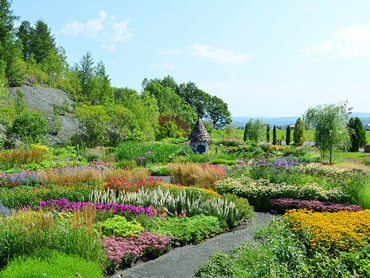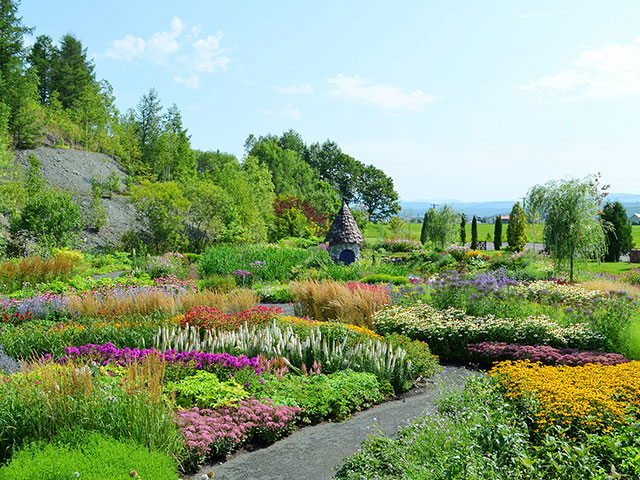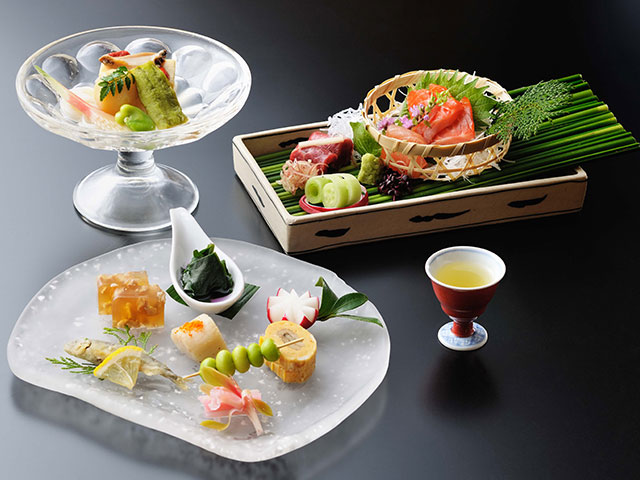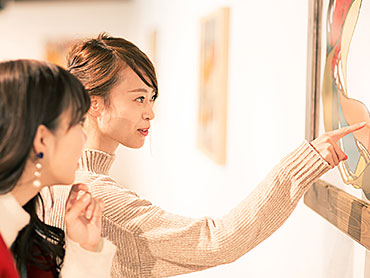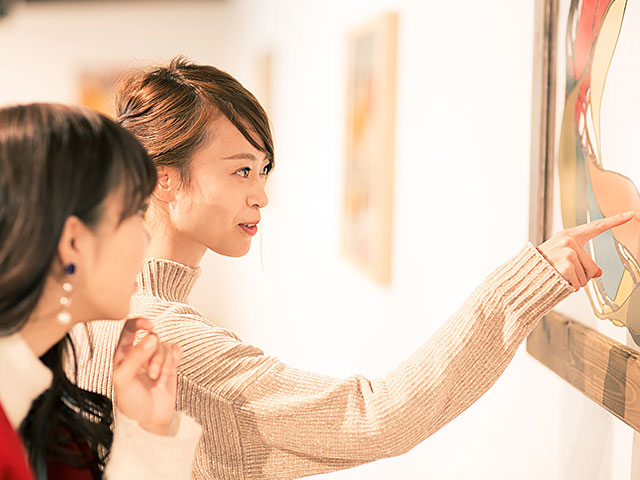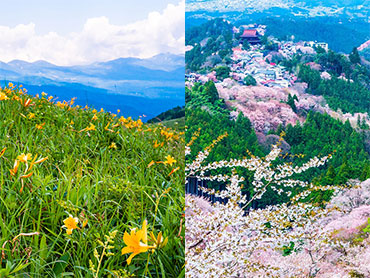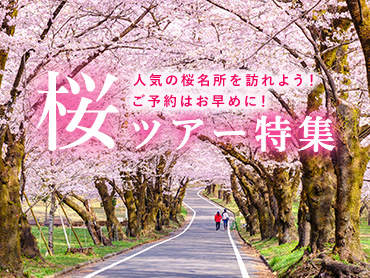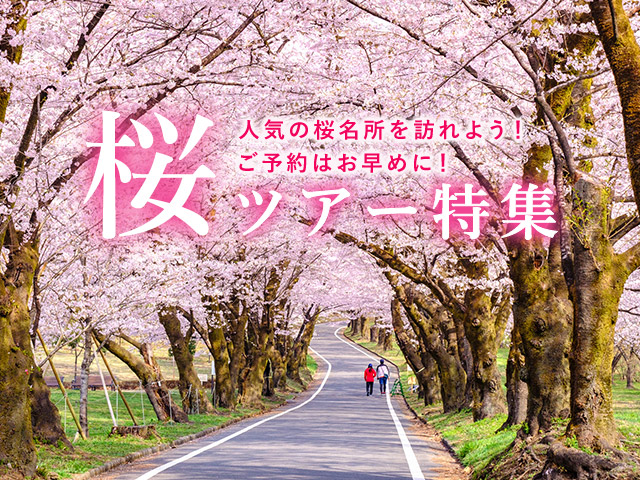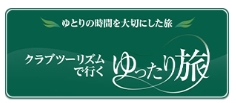Find Exclusive Flower Tour or tour during the best time to see the flowers

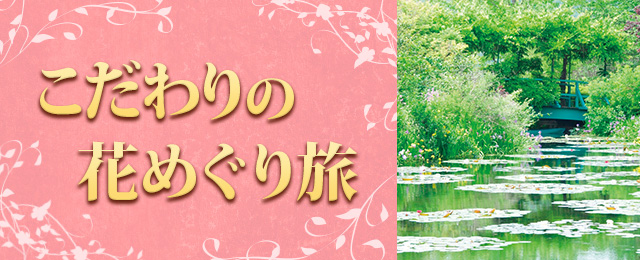
Club Tourism 's "Special Flower Viewing" trip/tour that takes you to gardens and wildflowers! With over 20 years of history, "Flower Viewing" guides you on a trip where you can encounter flowers of all seasons both in Japan and overseas. We also offer courses accompanied by instructors and gardeners!
Search from the best time to see the flowers
Early spring to spring (Feb. to Apr.)

(イメージ)/例年の見頃:3月中旬~4月中旬

(イメージ)/例年の見頃:2月頃

(イメージ)/例年の見頃:2月頃

(イメージ)/例年の見頃:3月~4月頃

(イメージ)/例年の見頃:4月頃

(イメージ)/例年の見頃:3月~4月頃

(イメージ)/例年の見頃:2月中旬~3月上旬

(イメージ)/例年の見頃:4月~5月頃

(イメージ)/例年の見頃:3月~4月頃
Early summer (May. to Jul.)

(イメージ)/例年の見頃:6月~7月

(イメージ)/例年の見頃:5月~6月頃

(イメージ)/例年の見頃:5月頃

(イメージ)/例年の見頃:5月頃

(イメージ)/例年の見頃:5月~6月頃

(イメージ)/例年の見頃:6月~8月頃

(イメージ)/例年の見頃:7月~8月頃

(イメージ)/例年の見頃:6月~7月頃
コマクサ
美しい花と、常に砂礫が動き、他の植物が生育できないような厳しい環境に生育する事から「高山植物の女王」と呼ばれている。和名はその花の形が馬(駒)の顔に似ていることに由来する。

(イメージ)/例年の見頃:5月頃
シャクナゲ
漢字で石楠花または石南花と書く。世界中で園芸種が数多く作出され、花色、葉形、樹姿に様々なバリエーションがあり、迫力のある花と樹姿により「花木の王様」と称されている。
Summer to early autumn (Aug. to Sep.)

(イメージ)/例年の見頃:8月~9月頃

(イメージ)/例年の見頃:8月~9月頃

(イメージ)/例年の見頃:9月頃
エゾリンドウ
葉は茎に対生し、形は披針形で縁はざらつかない。花は茎の先端と葉腋につき、栄養状態がよければ数段につく。日が差すと花が開き、リンドウよりも淡い青紫色の花を咲かせる。

(イメージ)/例年の見頃:8月~9月頃

(イメージ)/例年の見頃:8月頃

(イメージ)/例年の見頃:8月~9月頃

